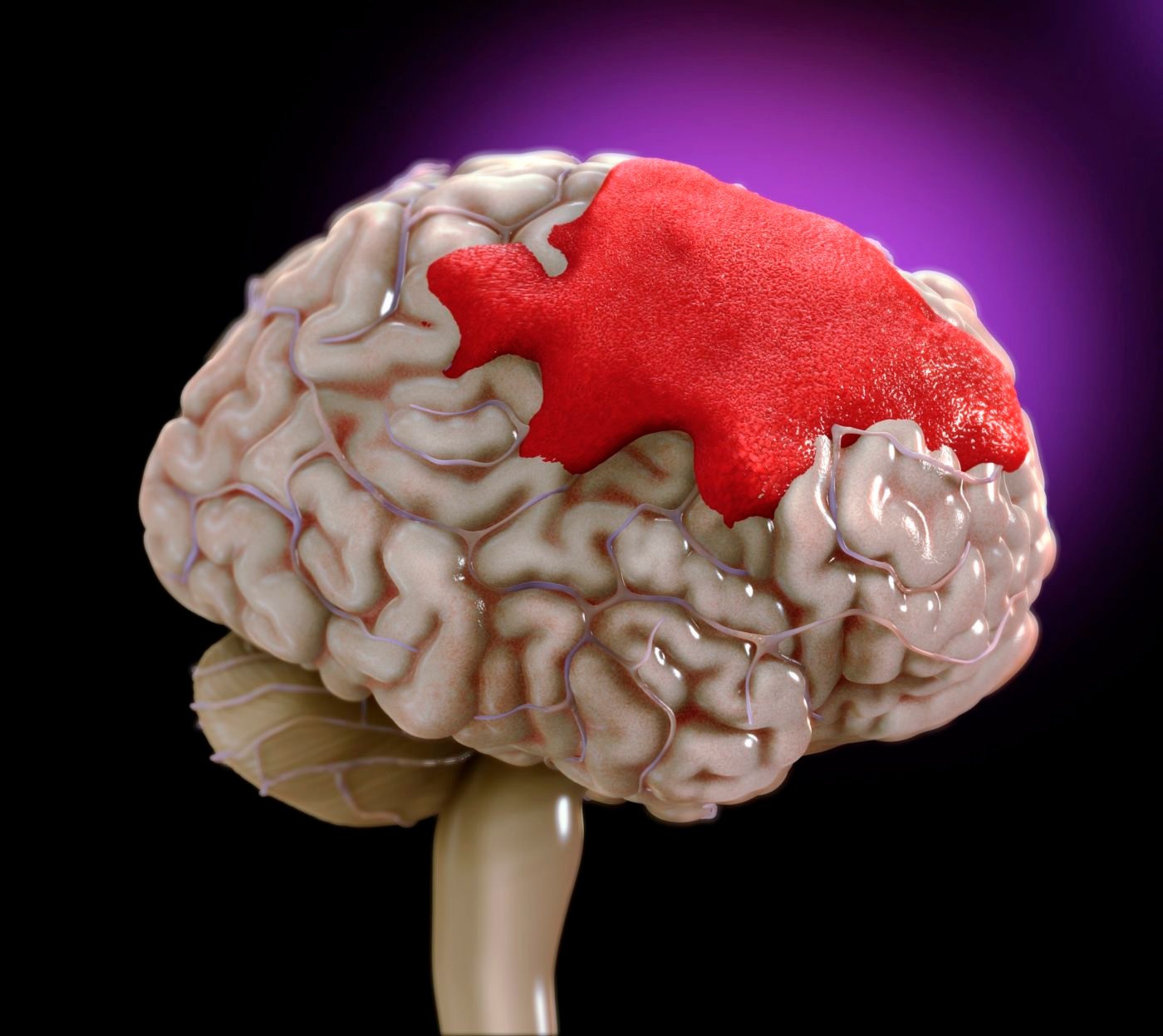Hemorrhagic strokes are medical emergencies that require swift attention and immediate care. Dr. Dilip Kiyawat, an experienced neurosurgeon, is dedicated to educating patients about this serious condition to promote early detection and timely intervention.
What is a Hemorrhagic Stroke?
A hemorrhagic stroke occurs when a blood vessel in the brain ruptures, leading to bleeding within or around the brain. This can cause significant brain damage due to the pressure exerted by the accumulating blood. Recognizing the symptoms early can make a critical difference in outcomes.
Common Symptoms of Hemorrhagic Stroke
The symptoms of a hemorrhagic stroke can vary depending on the location and severity of the brain damage. Here are some common symptoms to watch for:
Sudden Weakness or Numbness
This can occur on one or both sides of the body, including the face, arm, or leg.
The onset is usually sudden and can lead to paralysis on the affected side.
Difficulty Speaking or Understanding Speech
Individuals may experience slurred speech or difficulty understanding others.
This symptom is often abrupt and noticeable to those around the individual.
Vision Problems
- Hemorrhagic strokes can cause sudden vision loss, blurred vision, or double vision.
- Changes in vision can occur in one or both eyes.
Severe Headache
- A sudden, severe headache with no known cause is a hallmark symptom of a hemorrhagic stroke.
- The headache is often described as the worst headache ever experienced.
Loss of Balance or Coordination
- Some individuals may experience difficulty walking, dizziness, or a sudden loss of balance.
- Coordination issues can lead to falls and injuries.
Immediate Actions to Take
If you or someone you know exhibits any of these symptoms, it’s crucial to act fast. Here’s what you should do:
- Call Emergency Services: Dial emergency services immediately. Quick medical intervention is essential.
- Note the Time: Record the time when the symptoms first appeared. This information is vital for medical professionals.
- Stay Calm and Reassure: Keep the person calm and reassure them while waiting for help to arrive.
- Avoid Giving Food or Drink: Do not give the person anything to eat or drink, as they may have difficulty swallowing.
Seeking Expert Care with Dr. Dilip Kiyawat
For those at risk or seeking more information about hemorrhagic strokes, Dr. Dilip Kiyawat offers expert consultations and care. With his extensive expertise in neurosurgery, Dr. Dilip Kiyawat provides comprehensive evaluations and personalized treatment plans to ensure the best possible outcomes.
Contact Information:
Phone: +91 98220 46043
Email: drdilipkiyawatneurosurgeon@gmail.com
Website: www.drdilipkiyawatneurosurgeon.com
Clinic Locations:
Jehangir Hospital: 32, Sassoon Road, near Pune Railway Station, Pune 411001
Sainath Hospital: Sant Nagar, Pune – Nashik Hwy, Moshi Pradhikaran, Moshi, Pimpri-Chinchwad, Maharashtra 411070
Conclusion
Understanding the symptoms of a hemorrhagic stroke and knowing how to respond can save lives. Stay informed and be prepared to act swiftly. For comprehensive care and expert advice, contact Dr. Dilip Kiyawat, a trusted neurosurgeon dedicated to your neurological health.







